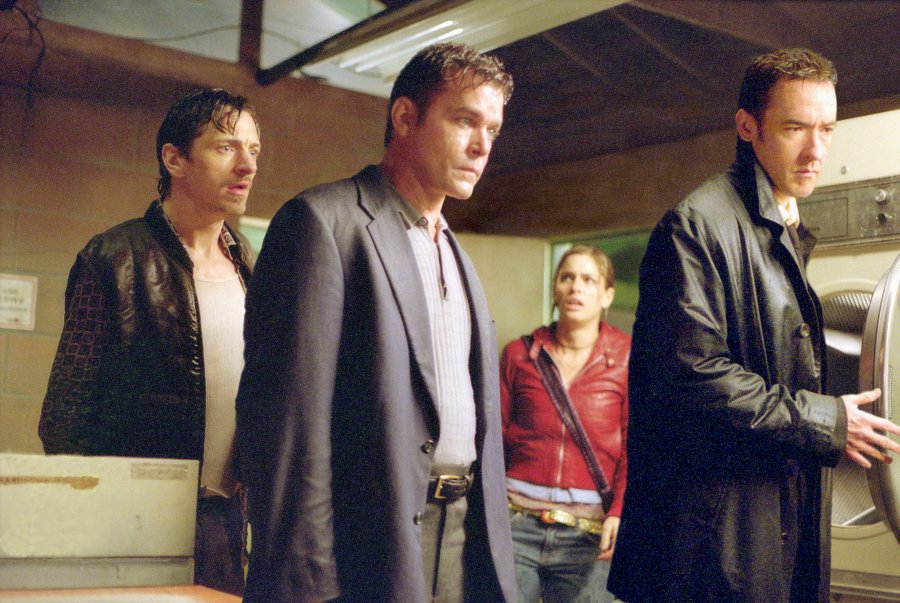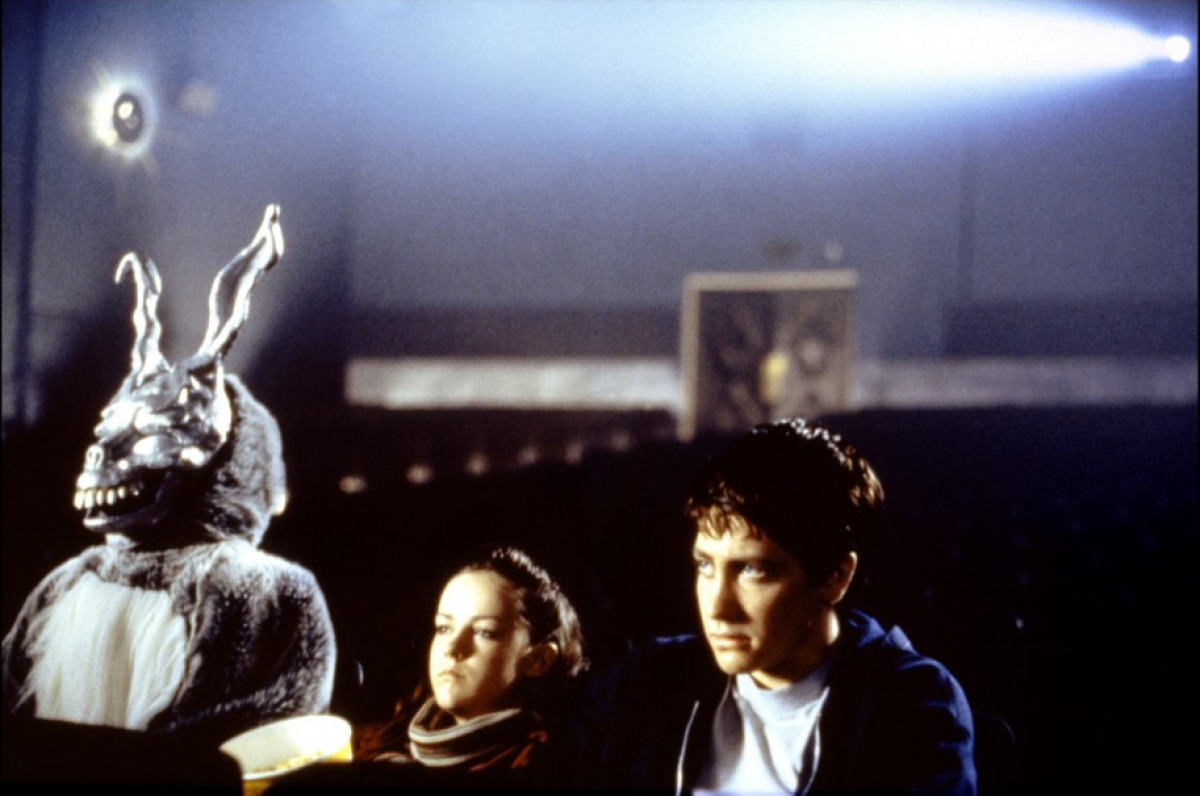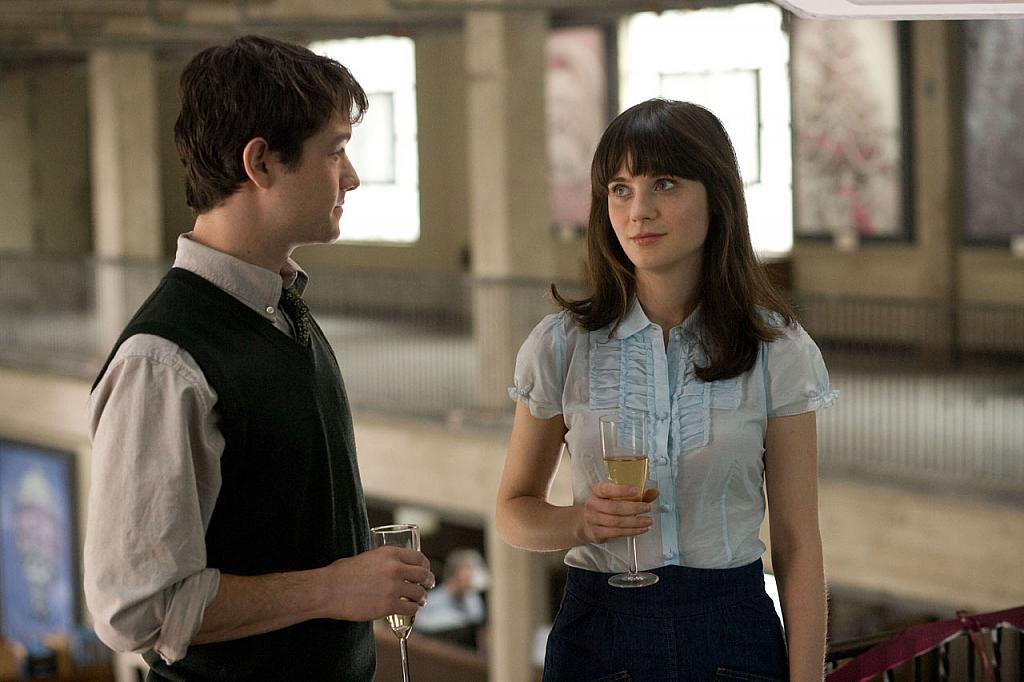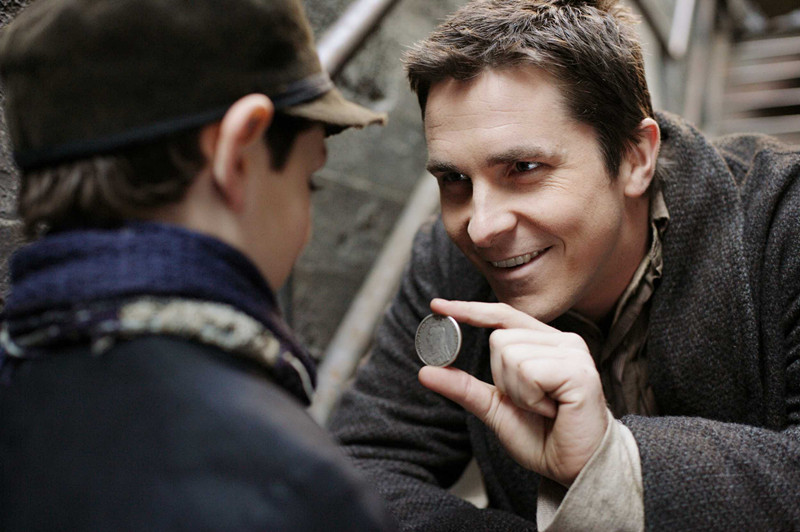First and crucially, the films explored in this list feature a story or sub-story told backwards. The first film to feature a sequence where the events happen in reverse was Jean Epstein’s “La glace à trois faces” (The Three Sided Mirror) in 1927, but the most well known use of this technique was made in a play in 1978 by Harold Pinter called “Betrayal”, which was made into a film in 1983.
As its theatre origin is still the most valued representation of the narrative, there was a need to suggest other films that have – in some way or another – been inspired by Pinter’s classic.
The abstract shape of narrative content has been, for many times, flexed and twisted into mind-blowing effects, either playing with memory or morality, but always offering a shake-up of the most usual dramatic style. Here are 10 examples of films where, at some point, the audience travels in narrative time in the search for facts, characters’ emotions and general meaning in the film. The order of the list is based mostly on the reverse chronology aspect of the films.
10. Identity (2003)
Although only the first few scenes happen in reverse, this film starring John Cusack is also a worth-mentioning project in the genre.
As a mystery that appears the simplest story in the book, the audience is tricked to believe what director James Mangold wants it to believe. Both him and the writer, Michael Cooney, make it seem like it’s the same old-same old, in a way that prevents the audience from wondering what could possibly happen to make it different.
It isn’t until a certain point that you feel the need to go back and retrace the steps, trying harder to figure out what happened and what didn’t matter after all, and ultimately coming up with your own conclusions. When those conclusions are made, though, the filmmakers erase that and give it a complete twist.
All in all, what seems like a simple enough narrative through the first two acts, jumps to the third act in a mind-boggling way: it’s thriller best allied with reverse narrative in a truly unexpected way.
9. Donnie Darko (2001)
Although only one part of the film involves reverse chronology, it’s an important one. Even though it’s too hard to explain Donnie Darko without giving a detailed explanation of every character and the alternative universes around it, it’s important to underline that it surely gave us one of the most complex narratives in the genre.
Filled with puzzles, the entire film is still a great mystery. There’s a corruption in time and a Tangent Universe is created, which is highly unstable and will collapse in 28 days, set from the start with a jet engine falling on the main character’s bedroom.
Donnie (Jake Gylenhaal) gains a mission, due to his supernatural powers, making him able to stop impending disaster. Frank, one of the scariest creatures ever in film history, travels back in time – after he’s dead – to help Donnie in his mission as a sort of reverse ghost. Time is crucial in everything that happens in the film, whether it’s in reverse or real.
8. Irréversible (2002)
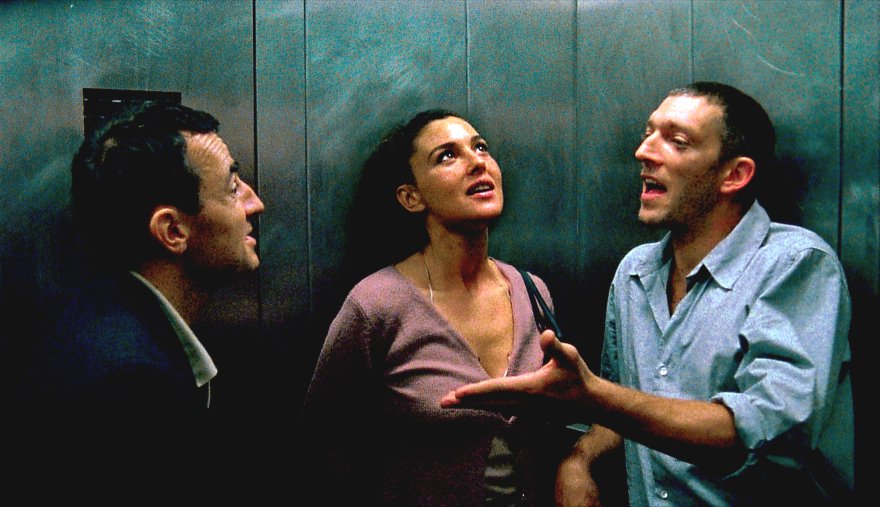
If this film were told in normal chronological order, it would be the story of a couple that is very purely in love; but as the film title suggests, it’s not. Instead, its chosen structure makes it unwatchable for most people. It starts with shots of a body being carried out from a night club and goes back in time to a fun, playful romance in the bedroom, shared between Alex (Monica Bellucci) and Marcus (Vincent Cassel).
The film is used almost as a weapon against rape and violence, exploring the ugliness of sexual violence and making the audience put everything about it in perspective.
If it weren’t displayed in reverse chronology, it would start as a romance and climax with a shocking revelation without a shot to interpret that it was, indeed, the most important part of the story. This way, it asks the audience to swallow the truth and understand it for an hour before it reaches its conclusion, making it – above everything else – a moral structure, and a defining one in this theme.
7. (500) Days of Summer (2009)
The thing about (500) Days of Summer is that, ultimately, its use of reverse chronology perfectly portrays how people remember their failed relationships. The film starts where the romance starts, but it warns us that it won’t be your typical story of boy meets girl. It plays around with dates, going from Day 1 to Day 249, as the main character Tom (Joseph Gordon-Levitt) remembers his love Summer (Zooey Deschanel).
Going back in time to tell specific moments of joy and passion, building up to the most recent memories of pain and heartbreak is exactly how the film captures the audience. The entire time structure breaks rules in Hollywood-normativity and makes one think that anything could happen. The story is understood by the audience at the same time Tom is understanding it himself.
6. The Prestige (2006)
There could be numerous other examples of Christopher Nolan’s work in this list, but “The Prestige” is a film that literally starts out of focus and slowly comes into focus, culminating in a brilliant end that is made completely clear. In the beginning, nothing makes sense; the film goes backwards and forwards in time, magic performances happen and characters talk and locations appear and you can’t quite grasp it. It appears unsolvable, until it’s not.
Hated by many and loved by even more, it’s been often considered Nolan’s best work, and it sure helps that the two main characters are portrayed by usual suspect Christian Bale and Hugh Jackman. It’s na irritating, confusing, and more often than not a frustrating film, but that’s how it also toys with the spectator and demands its utter attention. It’s a superior level of storytelling, going upside down besides going reverse.

